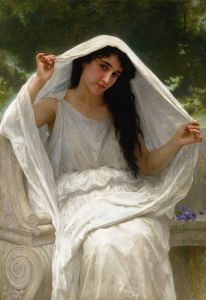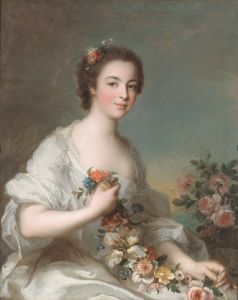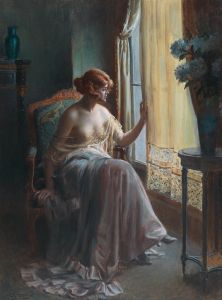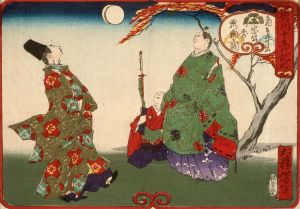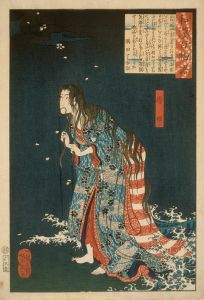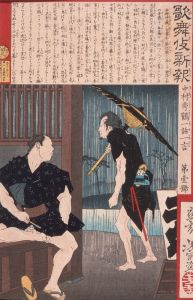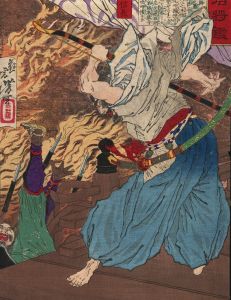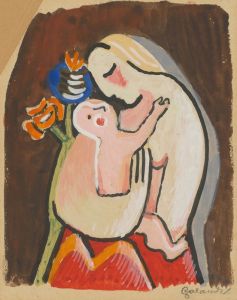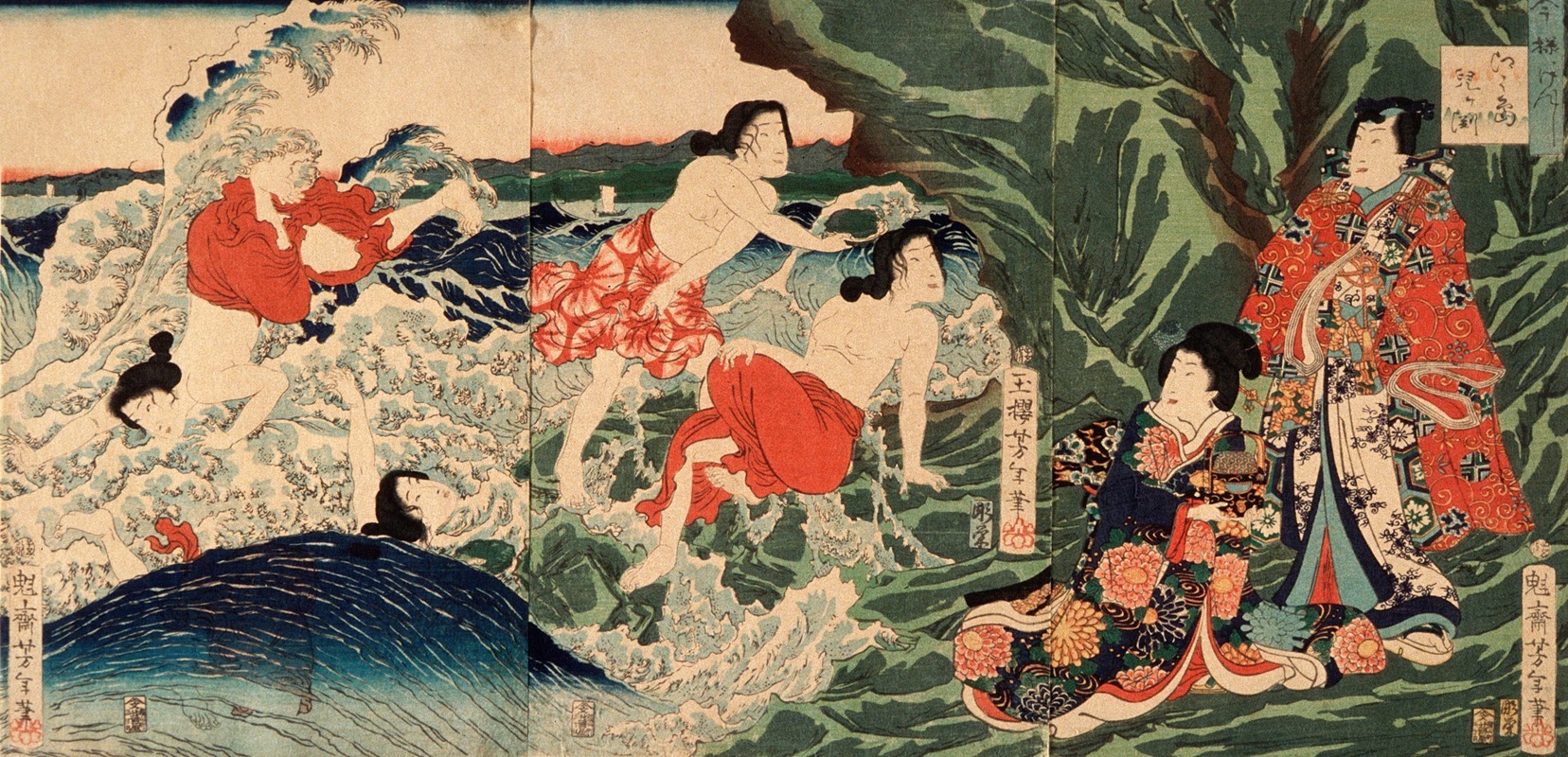
A Modern Prince Genji at Chigogafuchi, Enoshima
A hand-painted replica of Tsukioka Yoshitoshi’s masterpiece A Modern Prince Genji at Chigogafuchi, Enoshima, meticulously crafted by professional artists to capture the true essence of the original. Each piece is created with museum-quality canvas and rare mineral pigments, carefully painted by experienced artists with delicate brushstrokes and rich, layered colors to perfectly recreate the texture of the original artwork. Unlike machine-printed reproductions, this hand-painted version brings the painting to life, infused with the artist’s emotions and skill in every stroke. Whether for personal collection or home decoration, it instantly elevates the artistic atmosphere of any space.
Tsukioka Yoshitoshi was a prominent Japanese artist known for his woodblock prints and paintings during the late Edo and early Meiji periods. He is often celebrated for his innovative approach to traditional ukiyo-e art, which he revitalized during a time when Western influences were becoming increasingly prevalent in Japan. One of his notable works is "A Modern Prince Genji at Chigogafuchi, Enoshima," which reflects his unique style and thematic interests.
"A Modern Prince Genji at Chigogafuchi, Enoshima" is part of Yoshitoshi's broader exploration of the classical Japanese literature and folklore, often reimagined with a contemporary twist. The piece draws inspiration from "The Tale of Genji," a classic work of Japanese literature written by Murasaki Shikibu in the early 11th century. This tale is considered one of the world's first novels and follows the life and loves of Hikaru Genji, a nobleman in the Heian court.
Yoshitoshi's depiction of Genji in a modern setting is indicative of his interest in blending traditional themes with contemporary elements. This approach not only made the stories accessible to a modern audience but also allowed Yoshitoshi to comment on the changing cultural landscape of Japan during the Meiji Restoration. The Meiji era was a time of significant transformation in Japan, marked by the country's rapid modernization and the adoption of Western technologies and ideas. By placing a classical figure like Genji in a modern context, Yoshitoshi was able to bridge the gap between Japan's rich cultural past and its dynamic present.
The setting of Chigogafuchi, Enoshima, is a location known for its scenic beauty and spiritual significance. Enoshima is a small island off the coast of Kanagawa Prefecture, and Chigogafuchi is a rocky area on the island's western side. This location has long been associated with legends and has inspired numerous artists and writers throughout Japanese history. By choosing this setting, Yoshitoshi not only highlights the natural beauty of Japan but also taps into the mystical and historical connotations associated with the area.
Yoshitoshi's work is characterized by its vibrant colors, dynamic compositions, and expressive figures. In "A Modern Prince Genji at Chigogafuchi, Enoshima," these elements come together to create a visually striking piece that captures the viewer's attention. The use of color and line in the print reflects Yoshitoshi's mastery of the woodblock printing technique, as well as his ability to convey emotion and narrative through visual art.
Throughout his career, Yoshitoshi was known for his ability to adapt and innovate within the ukiyo-e tradition. His work often incorporated elements of realism and Western artistic techniques, which he blended with traditional Japanese aesthetics. This fusion of styles is evident in "A Modern Prince Genji at Chigogafuchi, Enoshima," where the modern and the traditional coexist harmoniously.
In summary, "A Modern Prince Genji at Chigogafuchi, Enoshima" by Tsukioka Yoshitoshi is a testament to the artist's skill and creativity. By reimagining a classic literary figure in a contemporary setting, Yoshitoshi not only pays homage to Japan's cultural heritage but also reflects the dynamic changes occurring in Japanese society during his lifetime. His work remains influential and continues to be celebrated for its artistic and historical significance.





